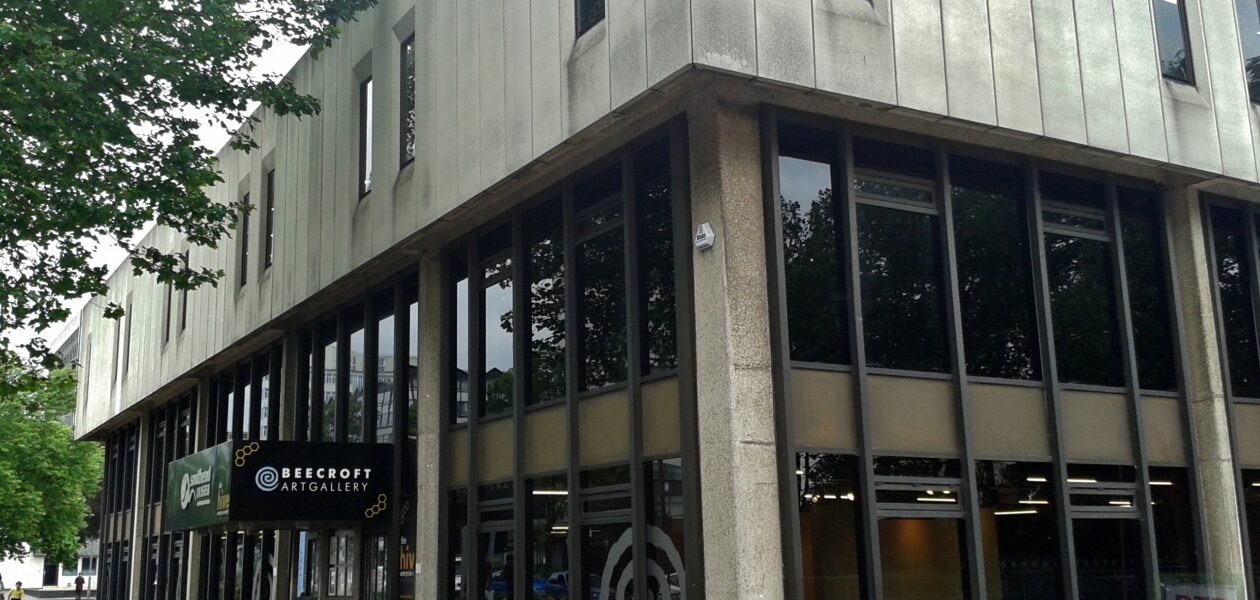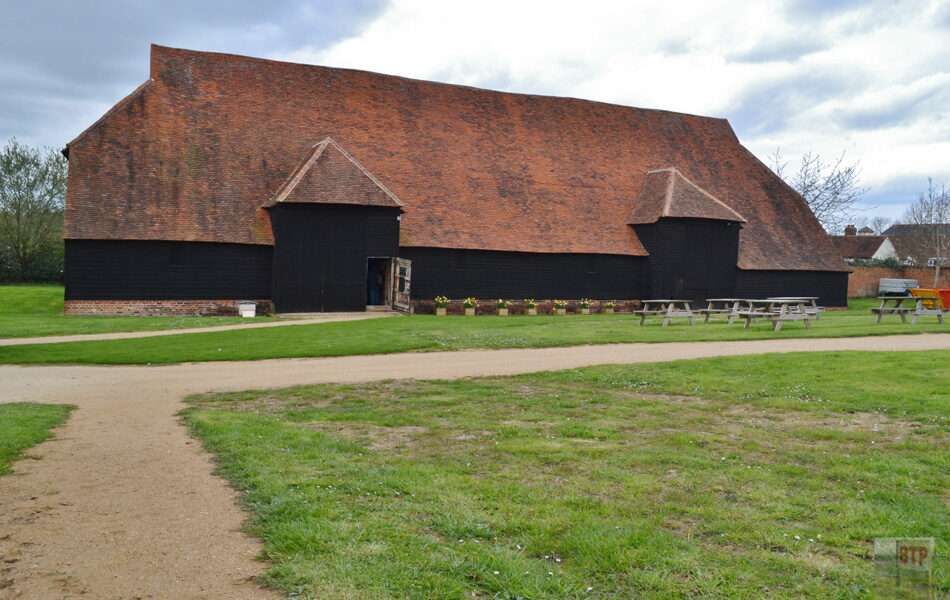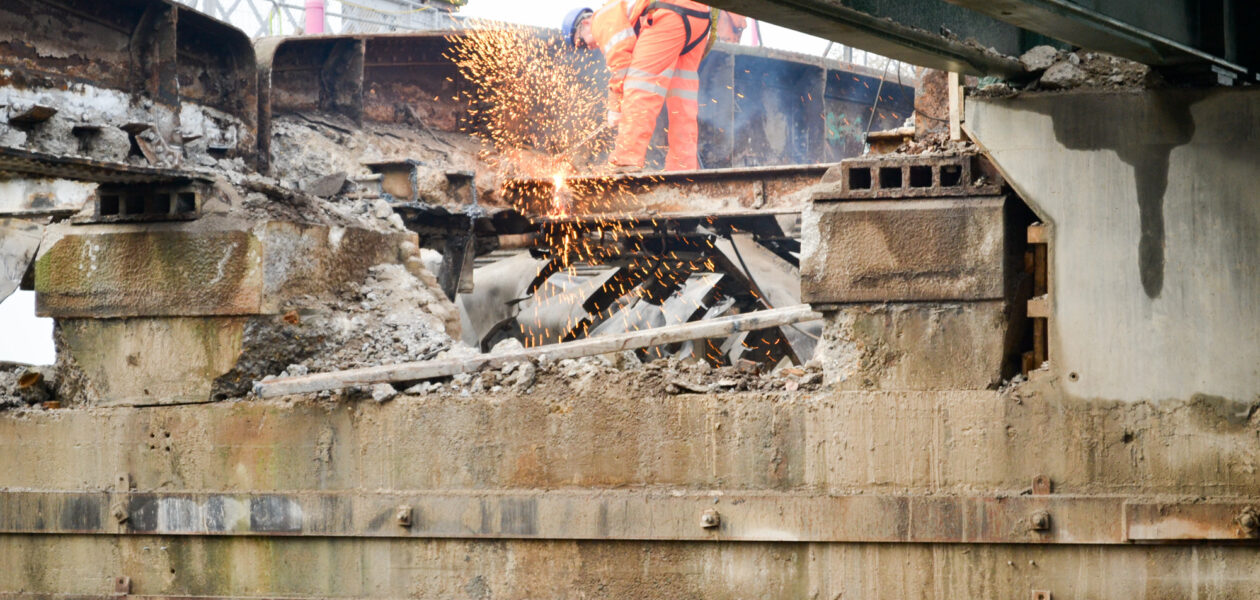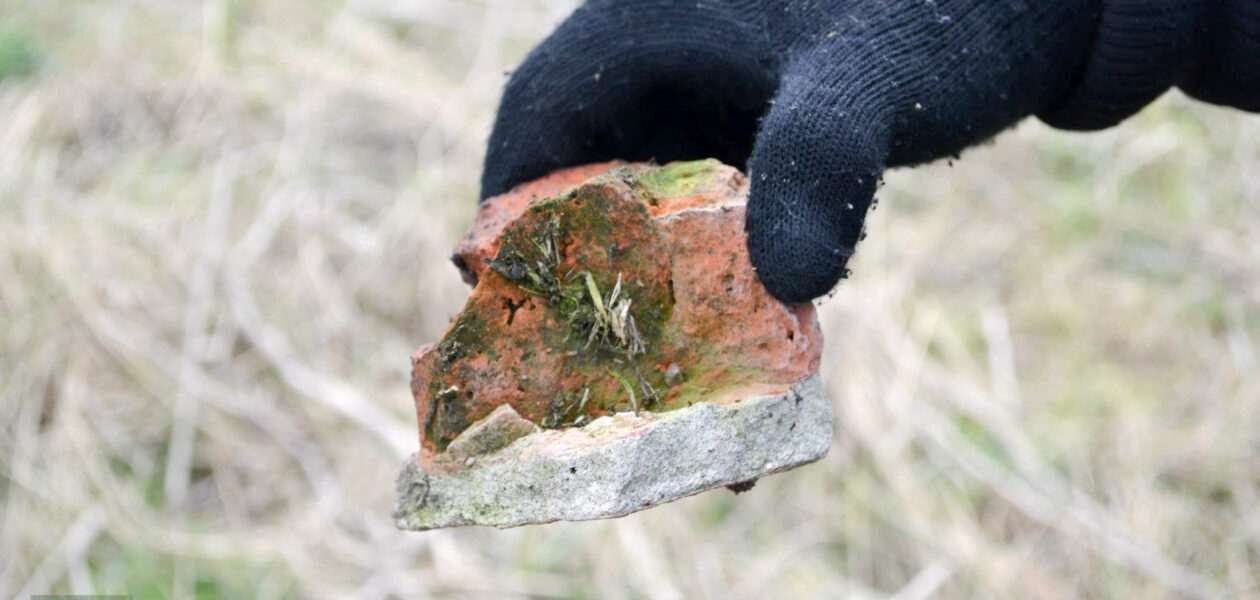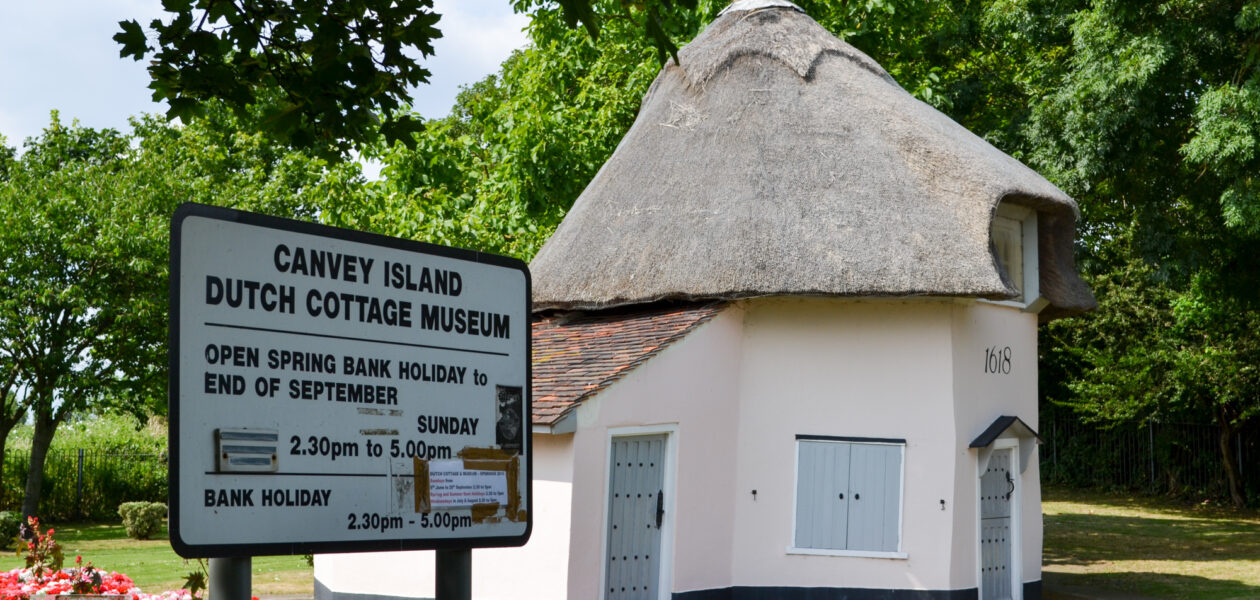Southend Clifftown
1-15 Royal Terrace and the Royal Hotel were built well before the Victorian era – in the time of Georgian rule in the 1790s. Originally Southend was a place popular with fishermen, and it was not actually known as ‘Southend’ until this time when it was called ‘New South End’. Southend previously only referred to…
View More


